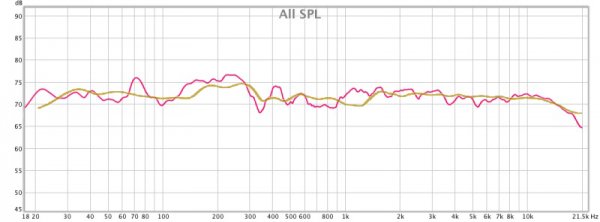For me, one of the main advantages of horns over all the other types of speaker I've owned and heard is the recreation of the transient attack of the leading edges of instruments (e.g. the pluck of a guitar string). Studies have shown that if you remove the first 100ms or so of the leading edge of an instrument, it's far more difficult to identify what the instrument is. Of course, 'regular' speakers don't remove leading edges completely, but they seem to have more difficulty in recreating these transients realistically. They tend to smooth over the 'raspiness' or texture of these leading edge transients, and hence never sound quite realistic to my ears. Only sitting in front of horns have I closed my eyes and been persuaded that I could be listening to the real thing.
Further thoughts later...
Mani.















